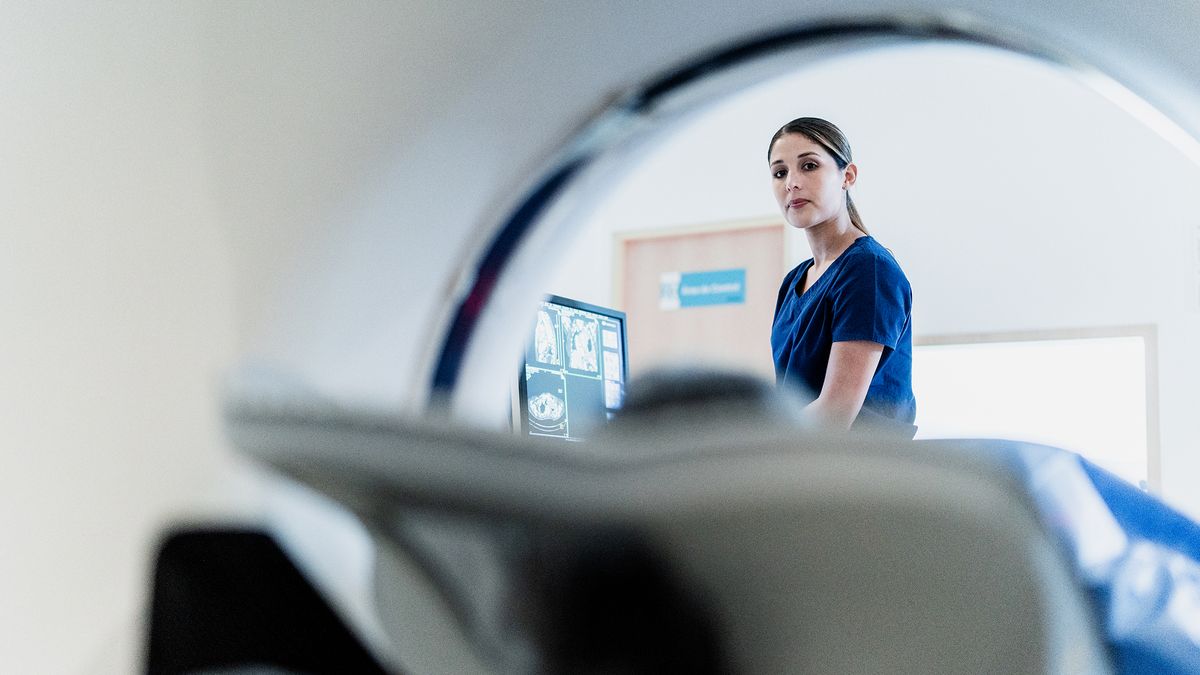
Patient Overview: A 44-year-old male residing in France
Presenting Symptoms: For the two weeks leading up to his medical appointment, the individual experienced mild weakness in his left leg. His medical history and neurological development appeared normal, apart from a childhood incident where a shunt was inserted into his brain at six months old to alleviate unexplained fluid accumulation. The shunt was later removed when he was 14 years old.
Further Investigations: Upon reporting his leg weakness to healthcare professionals, clinicians conducted CT and MRI imaging of his brain. Additionally, neuropsychological assessments revealed that his IQ stood at 75, which is below the average of 100.
Diagnosis: Medical examinations indicated that the patient had a brain roughly half the average size. The imaging results also showed significant fluid accumulation within the brain, leaving limited space for brain tissue. This resulted in a thin layer of neural tissue pressing against the skull. The brain’s ventricles, which are fluid-filled cavities, were found to be extremely enlarged. This fluid buildup is likely the cause of his leg weakness.
Treatment Plan: The medical team proceeded to drain the surplus fluid from the patient’s skull, which led to a noticeable improvement in his leg strength. In a case report published in The Lancet, the physicians noted that a new shunt was also placed in the skull. Within weeks, neurological assessments, which tracked his leg weakness, returned to baseline levels. Although the findings from the neuropsychological testing and CT scans did not show change, his IQ remained consistent.
Unique Case Insights: Throughout evolutionary history, the size of the human brain has significantly increased compared to that of our closest relatives, improving cognitive abilities and language skills. The exact factors behind this growth are not fully comprehended but are thought to be influenced by environmental and dietetical factors, among other evolutionary pressures.
Additionally, the human brain undergoes significant growth during an individual’s life, with adult brains typically being substantially larger than at birth. In this instance, one might have expected the patient to exhibit deficits due to having a smaller than average brain; however, he experienced no such challenges and was successfully employed as a civil servant.
If he had not developed leg weakness, this anatomical anomaly may have remained undetected.
This article is intended for informational purposes only and should not be considered medical advice.









